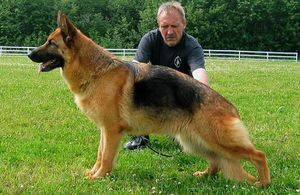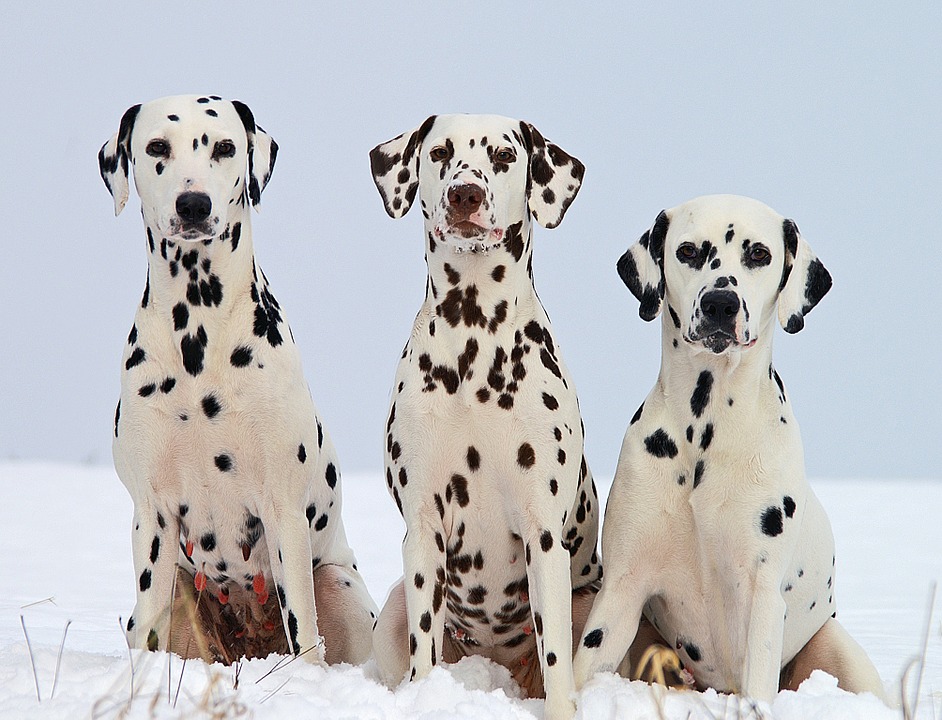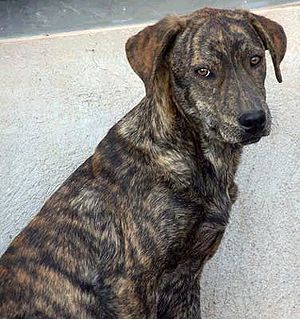 |
| Vital Statistics: |
| Place of Origin: France |
| Group: Herding dog |
| Height: smooth, 15-21 in., rough 15-18 in. |
| Weight: 15-32 lbs. |
| Life span: 15 yrs. and up |
| Trainability: high |
| Good with children: yes |
| Good with other pets: yes |
What is the origin of the Pyrenean Shepherd?
Pyrenean Sheperds have been herding sheep in the Pyrenees Mountains of Southern France for hundreds of years. They came to America in the 19th century along with the sheep they herded.
What does the Pyrenean Shepherd look like?
The Pyrenean Shepherd is a small dog. There are 2 types, smooth-faced and rough-faced. The smooth is 15-21 inches tall and the rough is 15-18 inches tall. Weight is 15-32 lbs. The smooth have squarish bodies while the roughs bodies are longer. Eyes are almond-shaped, dark brown with black rims. Cropped ears are erect. Natural ears are semi-prick or rose. The nose is black. The coat is medium long. The smooth type has short facial hairs while the rough’s is longer, but not covering the eyes. Colors are tan to copper, charcoal, silver to pearl grey, brindle, black or merle. Merles have blue eyes. Regular weekly brushing is necessary.
What is the temperament of the Pyrenean Shepherd?
Pyrenean Shepherds are very intelligent, lively and cheerful. As a herding dog, they often have to make decisions on their own. Pyreneans should have early obedience training and socialization and learn that you are the pack leader. They usually attach themselves to their owner, but are affectionate with all the family. Pyreneans are wary of strangers. They are very energetic and need and want to work. They are not suited to apartment living.
What is the Pyrenean Shepherd used for?
Pyrenean Shepherds are happiest working. If they are not herding, they must have jobs. They compete in dog sports such as flyball, agility and obedience trials. Pyreneans are excellent watchdogs and companions.
Possible Health Issues
Hip dysplasia, epilepsy, patellar luxation, Patent Ductus Arteriosis (congenital heart condition in which the ductus should close by 7 days after birth but does not), progressive retinal atrophy
- Australian Cattle Dog
- Australian Kelpie
- Australian Shepherd
- Bearded Collie
- Beauceron
- Belgian Sheepdog – Groenendael
- Belgian Tervuren
- Bergamasco
- Berger Picard
- Blue Lacy
- Border Collie
- Bouvier des Flandres
- Briard
- Cardigan Welsh Corgi
- Catahoula Leopard Dog
- Collie
- English Shepherd
- Entlebucher
- Finnish Lapphund
- German Shepherd
- Hovawart
- Icelandic Sheepdog
- Laika
- Lancashire Heeler
- Miniature American Shepherd
- Mudi
- Old English Sheepdog
- Pembroke Welsh Corgi
- Polish Lowland Sheepdog
- Puli
- Pumi
- Shetland Sheepdog
- Standard Schnauzer
- Swedish Vallhund



